
Ishigami has been the home of ume since the Edo period (1603-1868).
We at Hamada are grateful for the climate,
which seems to have been given to us by the god of ume,
and for the foundation of ume cultivation established by our ancestors.
We are committed to creating products that our customers will enjoy and want to eat again.
As craftsmen we try to do our best every day,
put in the necessary effort, and never neglect anything in order to create these products.
It’s our true hope that you enjoy the taste of Hamada.
The Ishigami district, where I was born and raised, began as a small village of just 13 households, founded by Heike warriors who fled here in the late Heian period.
Plum cultivation has been carried out in the Ishigami district for more than 400 years, and I was raised by the plums of this village and by the people of this village.
As a "Ume no Tami" raised in Ishigami, with the determination to ensure that the long-standing plum industry continues into the future, I am committed to spreading the plums we are so proud of, not only within Japan but also from this small village to the world.
I sincerely ask for your continued support and guidance.
Sincerely,
Tomoyasu Hamada
President and CEO
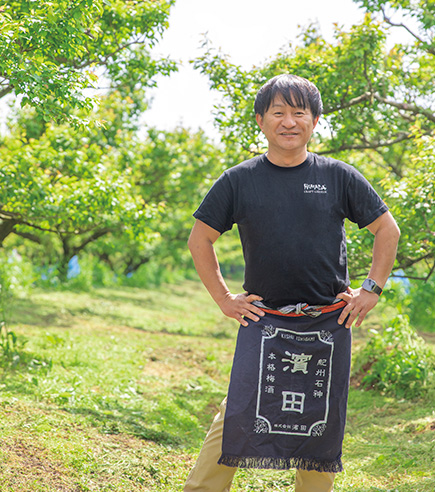
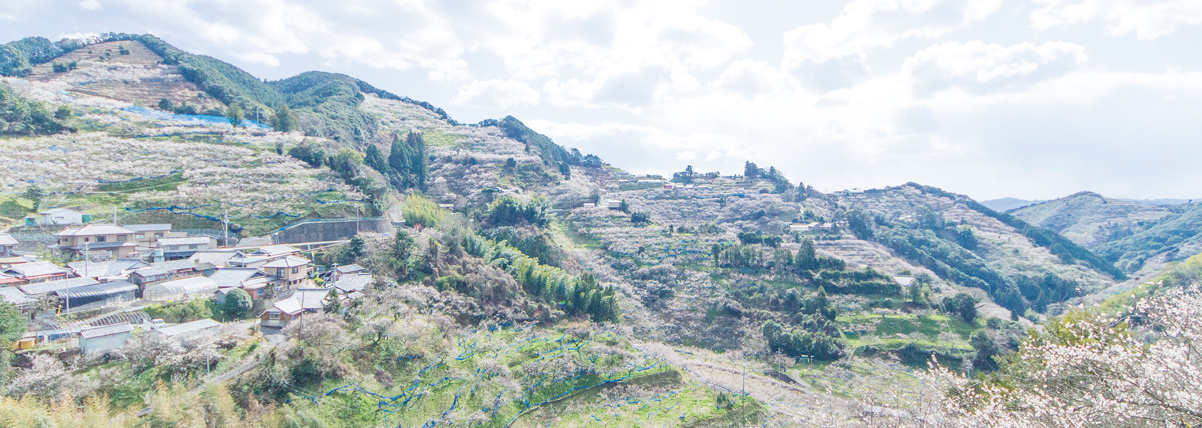
Ume cultivation began in Ishigami Village during the Edo Period (1603-1868). Until then, the area was thought to be a barren mountainous area, but it gradually became clear that it was suitable for ume cultivation. The Kuroshio wind, which contains many minerals, blows from the sea, and the mountains, including nearby Daijamine Peak, catch it. Combined with the abundant sunlight and well-drained soil, we can only say that the ume must have chosen Ishigami. They are nurtured by the abundant environment, picked one by one by hand, pickled in salt, dried in the sun, and seasoned. This is how Ishigami's signature umeboshi are made. In recent years, we have established our own cultivation method called "Kojo Cultivation" and focus on organic cultivation to ensure not only delicious taste, but also safety and security. We are always grateful for our blessed climate, and we continue to work on our umeboshi today with the idea of "from soil building to your hands" in mind.
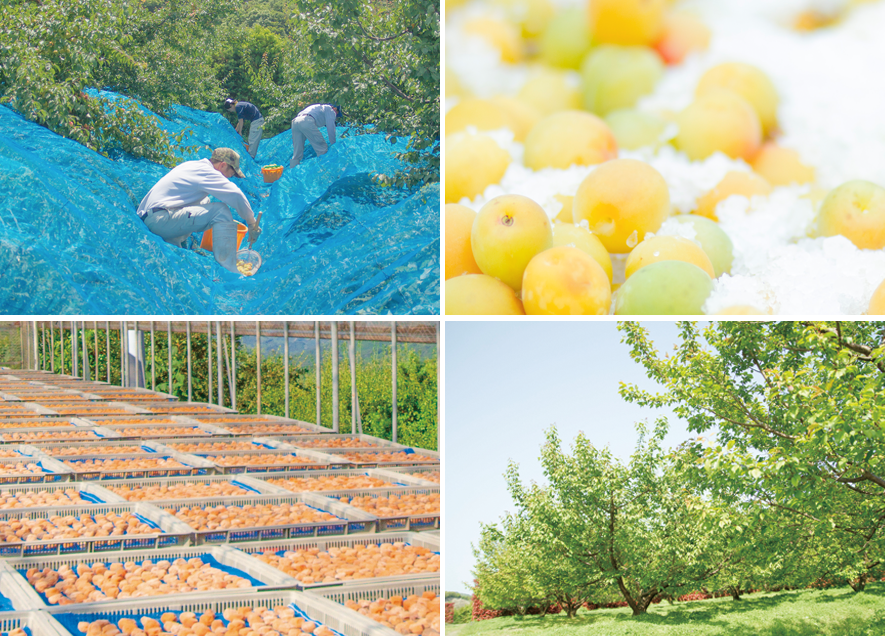
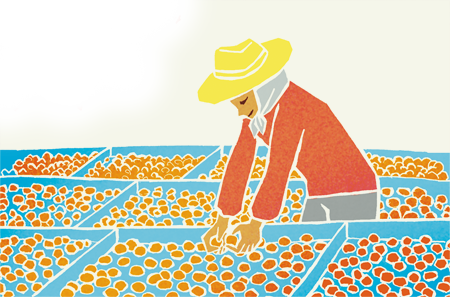
Peace of mind together with deliciousness.
That’s why we start from the soil.

Organic cultivation is carried out at our group farms without the use of chemical synthetic pesticides, chemical synthetic fertilizers, herbicides, etc. We are certified by the Ministry of Agriculture, Forestry and Fisheries as an organic food product and by the Wakayama Organic Certification Association (WOCA).
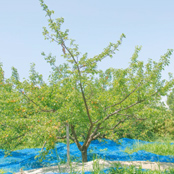
We've planted about 1000 saplings of the best varieties. We are working day and night on research in our test orchard, where we have planted ume trees with various characteristics.
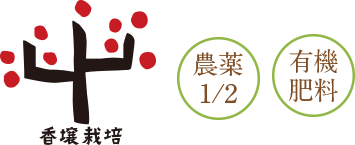
No herbicides or chemical fertilizers are used. We use organic fertilizers and half the amount of pesticides used in conventional cultivation.
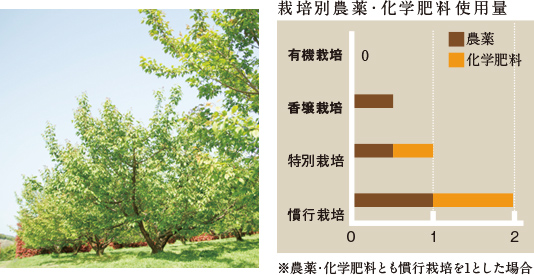
Tirelessly maintaining high quality.
We are proud to be the strictest.

In addition to quality inspections of salt content, acidity, and microbiological testing of umeboshi, we also track the cultivation history and test for residual pesticides. Only products that have passed a wide range of inspections are delivered to our customers.
| Company Name | Hamada Inc. |
|---|---|
| Representative | Tomoyasu Hamada , President |
| Founding Date | 04/05/88 |
| Capital Stock | 10,000,000 yen |
| Place of Business | Main Factory Kamihaya 391, Tanabe City, Wakayama Pref., Japan 646-0101 Tel.: 0739-37-0044 Fax: 0739-37-0177 Haya Factory Haya Matsubara 2-35-1, Tanabe City, Wakayama Pref., Japan 646-0063 Tel.: 0739-26-8871 Fax: 0739-26-8875 |
| Business Activities | Wholesale of flavored umeboshi, umeshu, and other ume products. |
| Affiliated Companies | Hamada Farms Inc. (Corporation Qualified to Own Cropland) [Agricultural products, primarily ume] Kamihaya 4964, Tanabe City, Wakayama Pref., Japan 646-0101 Tel.: 0739-37-0123 Fax: 0739-37-0441 Ishigami-mura Inc. [Mail Order] Kamihaya 391, Tanabe City, Wakayama Pref., Japan 646-0101 Orders: 0120-37-0107 Tel.: 0739-37-0101 Fax: 0739-37-0250 Ishigami-mura online shop |
| Edo Period | Taxes on ume were exempted and ume cultivation flourished in Kishu. |
|---|---|
| 1889 | The great flood of the Meiji Era caused a large landslide on Daijamine Peak, and ume trees were planted on the collapsed mountainside. Large scale ume cultivation began. |
| 1913 | Bujiro Hamada, the predecessor to the current president, inherited the ume orchard that had been passed down from his ancestors in the Ishigami neighborhood. He packed his umeboshi in barrels, and sold them in markets including Tokyo’s famous Tsukiji Market. |
| 1963 | Bujiro branded the Ishigami neighborhood as the Ishigami Ume Grove, and opened it as a sightseeing spot. |
| 1981 | The current president began manufacturing and selling flavored umeboshi in his hometown of Ishigami. |
| 1988 | Hamada Inc. established. |
| 1989年 | The head office and factory were relocated to the current location in Kamihaya, Tanabe City. |
| 1992 | August: Foundation of Ishigami-mura Inc. to conduct mail order. |
| 1995 | October: The Kamiakizu factory was opened. |
| 1995 | Start of pilot (test) farm development project. |
| 1996 | The Kamiakizu factory was closed and moved to the current location in Kamihaya. |
| 1997 | Ishigami Ume Grove’s name was changed to Kishu Ishigami Ume Grove, and opened as Tanabe City’s only tourist ume destination. |
| 1998 | Start of construction on the pilot (test) farm. |
| 2005 | Incorporation of our inherited orchards as an agricultural production corporation, Hamada Farms Inc. |
| 2006 | Completion of the pilot (test) farm.* *Total project cost: 1.35 billion yen, Construction area: 28.4 ha, Orchard area: 24 ha, Extension of road and waterway: 4 km. Extension of drainage channel: 2 km. |
| 2006 | June: License for alcohol production approved. Start of production and sale of umeshu. |
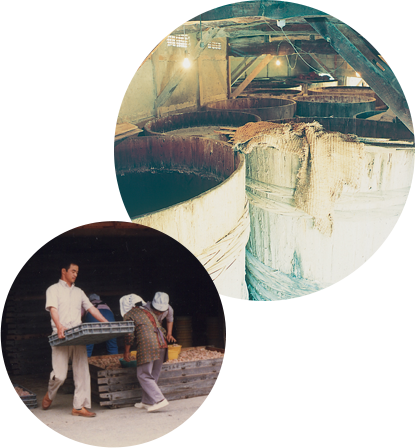
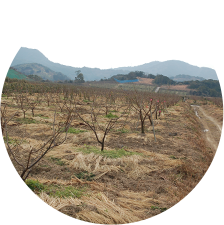
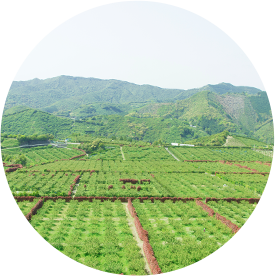

Take the Kisei line to Kii Tanabe Station,
then 20 minutes by car.

Take the Hanwa Expressway to the Nanki Tanabe interchange. Turn left at the first signal, then left at the second signal. Proceed northward on prefectural road 208. About 15 minutes from the interchange.